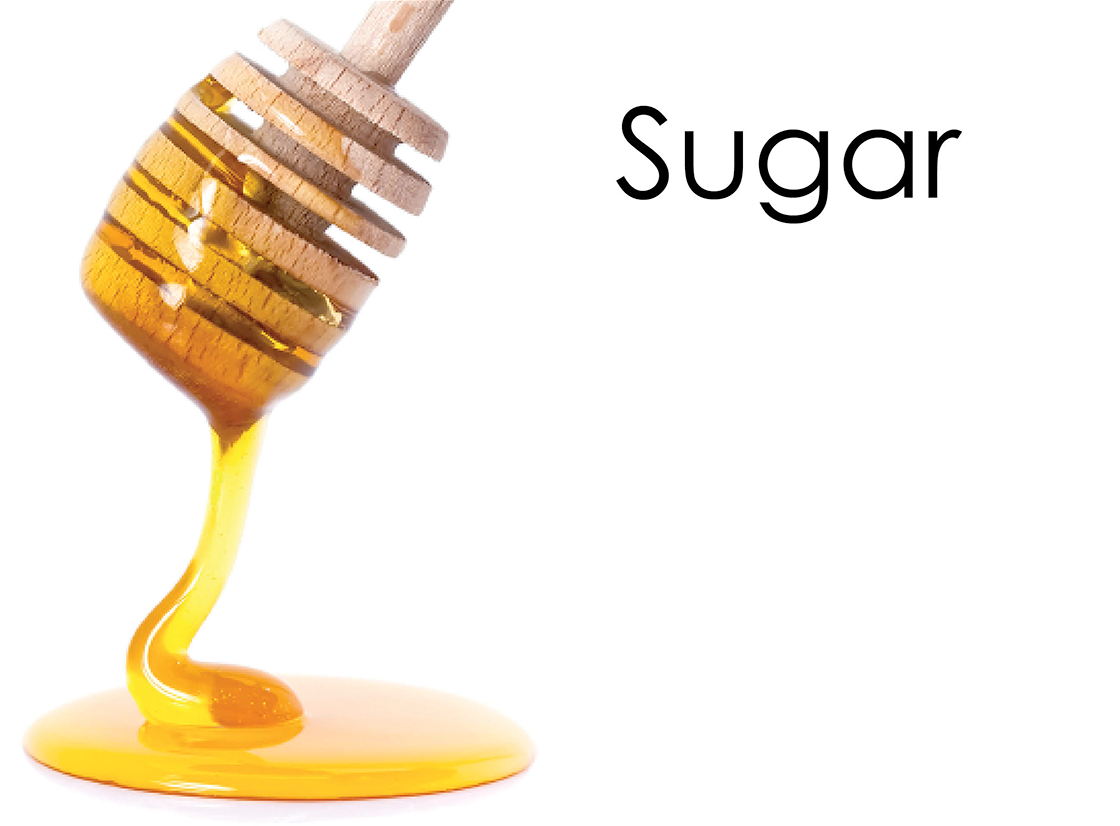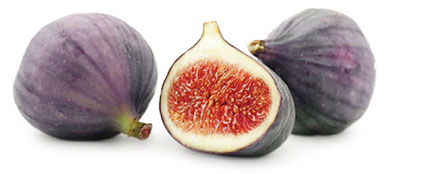
Sugar is a primary source of energy. There are 3 kinds of sugars we use best: Glucose, Fructose and Galactose. These sugars when consumed in their pure raw organic food state can regulate our body temperature, build strength, immunity and vitality. When these sugars are processed and cooked they become addictive, acidic, and toxic stimulants that break down the body structurally and biochemically, leaving us malnourished.
We break down carbohydrates from fruits, vegetables, grains and beans into two categories of sugars called Glucose and Fructose. The other sugar we use Galactose comes from dairy. Glucose and fructose are the two most important simple sugars for human consumption.
What happens if you don’t have it?
If your blood sugar goes low, you can faint or go into shock. This is called hypoglycemia. Often hypoglycemia happens suddenly and sometimes there is no explanation for why it occurs.
Shaking
Fast heartbeat
Sweating
Dizziness
Feeling anxious
Hunger
Vision problems
Weakness or feeling very tired
Headache
Feeling irritable
What happens if you have too much?
Weight Gain
Cholesterol and Triglycerides increase.
Diabetes
Cavities
Low moods
Energy Spike
Candida
Infections
How do I get it?
In the Five Signal Practice we break down sugars into two categories: Fast Sugars and Slow Sugars. These are often referred to as Simple Carbohydrates or Complex Carbohydrates. They have to do with how much fiber the food has and how long it takes to break it down so that it's digestible.
Fast Sugars are raw fruits and raw honey. Slow Sugars are grains, beans and starchy vegetables like potatoes.
Where do I get it?
Fruit - The sugar in fruit is highly digestible (usable sugar) and
because of the fiber in the fruit it is absorbed at the perfect rate into
the blood.
If you are eating cooked food and your pH is more acidic, it is best to eat fruit in the morning. If your metabolism type is vegetarian, then you may do well eating fruit at night as well. Following the standard rules of proper food combining can help your digestion and pH, such as not eating fruit with animal protein and wait 3-4 hours before or after eating a protein or cooked starch or carb.
Eat fruits MONO. This means eat only one kind of fruit at a time so you get a clear communication that you are satisfied with that fruit. You can eat another fruit after a couple of minutes of that fruit and continue in this style until you get a satisfied fruit signal.
Mixing a fruit with a vegan fat like coconut oil, olive oil, grape seed oil with Original Himalayan salt can be
very Satisfying.
Vegetables – Carrots, beets, cabbage and starchy vegetables like potatoes, squash, yams and sweet potatoes. I don’t personally recommend eating potatoes except for occasionally red.
Grains and Beans – Its very rare that I meet someone who does well with these kinds of carbs/sugars... I feel the seed-like grains Quinoa and Millet are good every once in while as a transitional food but otherwise they act as a hollow replacement for emotional connection. They are Slow Sugars and take a lot of time and energy to digest. This can lead to an imbalance of anaerobic bacteria, feeding the growth of Candida and the like.
Honey – Raw, unrefined can be the best for digestion. It is packed full of active enzymes, which can go well with raw fats and proteins. Combining them with the wrong cooked or raw foods can give you gas and inflammation, contributing to acid imbalance and sugar fermentation (sugar alcohol). Raw wild honey is rich in digestive enzymes, and minerals. These sugars also feed the aerobic organism in your body, which build your immune system.
Cane Sugar – Studies have proven that cane sugar is 9 times more addictive than cocaine and crystal meth. It is in my opinion a stimulant in any form (cooked or raw). It interrupts internal communication.
Corn Syrup or High Fructose Corn Syrup - also highly addictive. 1) They do not satisfy our biological sugar requirements. 2) They are acidic and feed the anaerobic bacteria in our body. 3) They can spike our adrenalin and throw our insulin production off. They can take us on a roller-coaster ride dropping us off in a low point – leaving us in the loop of wanting for more... sounds like a stimulant to me...
Agave – While agave syrup does have a low-glycemic index, so does antifreeze — that doesn’t mean it’s good for you. Most agave syrup has a higher fructose content than any commercial sweetener — ranging from 70 to 97 percent, depending on the brand, which is FAR HIGHER than high fructose corn syrup (HFCS), which averages 55 percent. This makes most agave actually WORSE than HFCS. I have found one source of Agave that I like and use it very sparingly. It's called Raw Blue Agave and is organic.
About Insulin – Fructose and Diabetes
It is important to understand that fructose from HFCS does NOT increase insulin levels, which is not necessarily good as what it DOES do is radically increase insulin resistance, which is FAR more dangerous. You see, it’s okay for your insulin levels to rise, that is normal. You just don’t want these insulin levels to remain elevated, which is what insulin resistance causes.
That is why for some of us, fasting insulin is such a powerful test, as it is a powerful reflection of our insulin resistance.
In addition to insulin resistance, the risk of liver damage increases, along with triglycerides and a whole host of other health problems, as discussed in a CBC News video about the newly discovered dangers of high fructose corn syrup. The study discussed in this news report is about HFCS, however, it’s well worth remembering that agave contains MORE fructose than HFCS, and in all likelihood, it’s the FRUCTOSE that is causing these severe liver problems.
Your body want to keep its blood sugar level within a certain range. The desired range is said to be between 70 mg/dl and 110 mg/dl (“mg/dl” means “milligrams of glucose per 100 milliliters of blood”).







